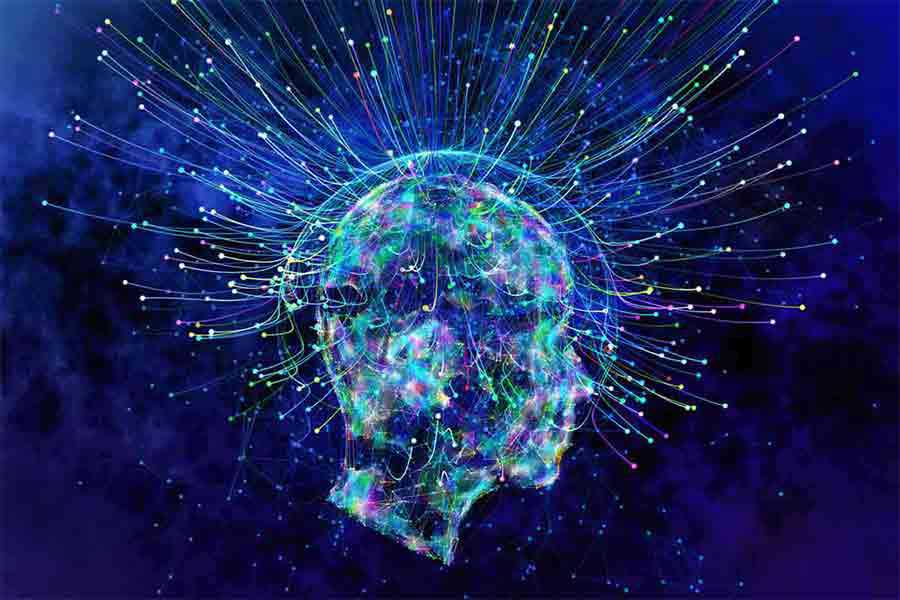Part One: The Evolution of Awareness
To determine by what modes or actions light produceth in our minds the phantasm of colour is not so easie. – Isaac Newton
Introduction
Since the term consciousness has a rich history in philosophy and theology that give it many associations which can complicate making sense of it – and associations that are not meant by us here – we will generally stay with the more biologically grounded term, awareness.
And we will situate the biology of awareness in an evolutionary context. The reason is that the neurological architecture of awareness in the human brain is built on a series of layers – like floors in a building – that have been laid down during billions of years of evolution on this planet, and especially during the last 650 million years of multi-celled animal evolution.
Awareness in the Animal Kingdom
Understanding how awareness is constructed in our own brains means understanding our kinship – layer by layer – with other members of the animal kingdom.
You may have heard of the zen koan, “Does a dog have Buddha-nature?” Well, here’s a less profound one, but one that is answerable within science today: “Does a dog have ‘awareness-nature’?”
Let’s try to answer that question from the ground up, moving from very simple life forms to mammals and primates.
In the study of animals, “aware” is usually considered a transitive verb, in the sense of “aware of _______ .” So, the operational definition of “aware of” is essentially “perceives.” And how can you tell if the animal perceives something? Typically, by an adaptive response to the stimulus.
In the world of microbes, a one-celled amoeba will receive chemical signals from smaller microbes that trigger an engulfing response by the amoeba. In an operational sense, the amoeba perceived the other microbe and responded adaptively, and was thus “aware” in a limited sense of the other microbe. We don’t think of this as true awareness yet, but it does establish the basement, as it were, of the most elemental enabling of perception and adaptive responses.


